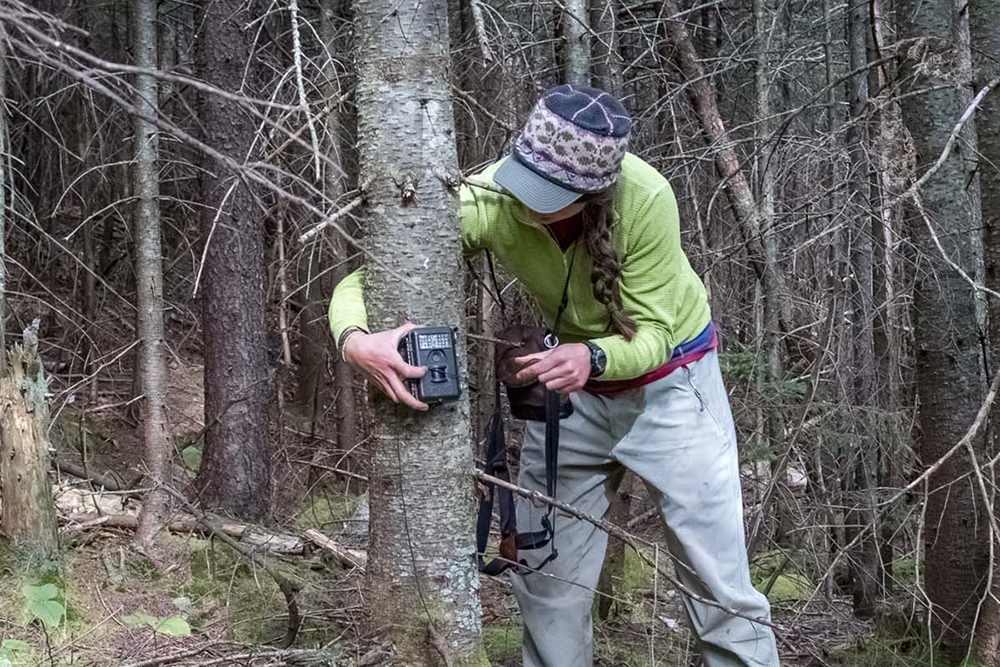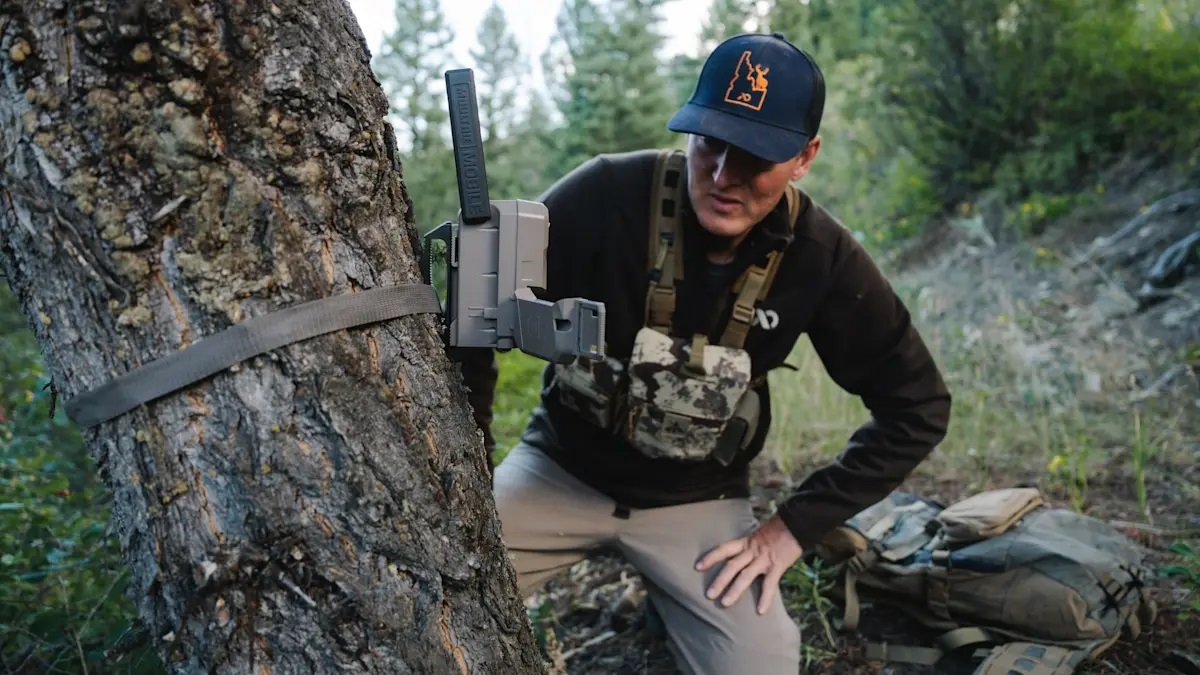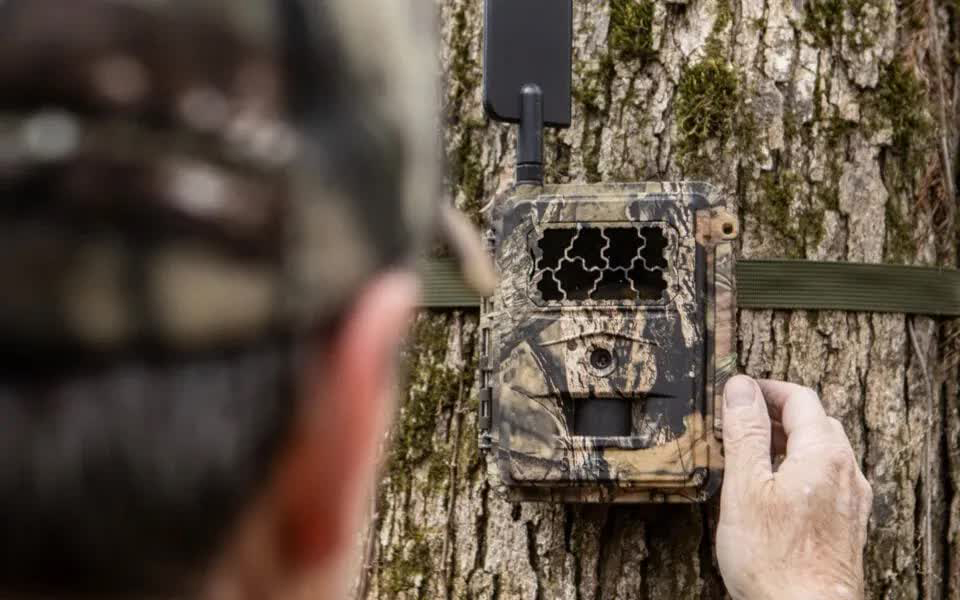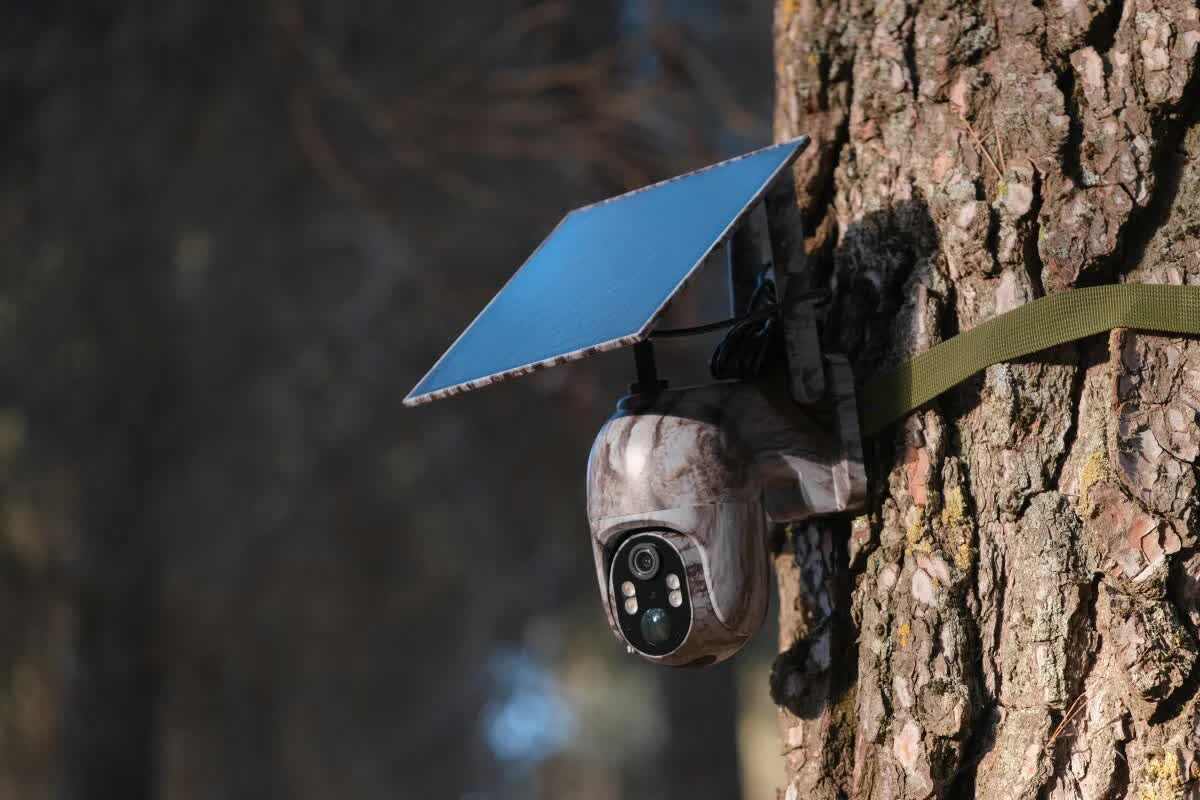It's Time to Check In on Your Trail Cameras
It's Time to Check In on Your Trail Cameras

For many of us, spring is on the horizon. Snow is becoming less of an issue, and animals are starting to sense the change. You might even notice grass beginning to turn green.
That’s all great, but let’s not get too caught up in daydreams of singing and dancing with the wildlife like in Snow White. We’ve got work to do!
Your trail cameras have been out in the cold and exposed to the elements ever since deer season ended. Yes, they’re built for this, but they still need some attention at this time of year.
We reached out to our friend Mark at 70max to get his expert advice on what should be done now to keep our cameras running smoothly throughout the rest of the year.
First things first, go retrieve your trail cameras. Now is the perfect time to see which units are still functional, which ones may be damaged beyond repair, and which are ready for another season. If you’ve got a shed-hunting hike planned, it’s a good opportunity to check those cameras as well.
Here are some key things Mark recommends checking:
- Lenses – Ensure the camera lens is free from scratches, fog, or any other damage. If you see condensation or moisture inside the lens or flash, it's a bad sign, and your camera might be beyond repair.
- Firmware – Even non-cellular trail cameras may have firmware updates. Check your manufacturer’s website for updates and follow the instructions carefully.
- Seals – Inspect the rubber gasket that seals the camera. It should be intact and flexible. If it's cracked, separated, or becoming stiff, consider replacing the camera, as water damage is inevitable at this point.
- Memory Cards – Clear out all the old images and reformat your cards. This will maximize memory and reduce the risk of file errors in the future.
- Mounting Points – Wind, cold, and tree growth can all affect your camera's attachment points and straps. Give them a thorough inspection to ensure they can keep the camera secure for another season.
- Battery Compartment – Check for any signs of battery leakage. If you find corrosion, clean it out as much as possible. A popular soda (the one often mixed with rum) works well—just be sure to rinse thoroughly to remove any sugar. Applying some dielectric grease can help maintain cleanliness.
Now that the physical maintenance is done, let's think strategically.
- Are there signs of deer, turkey, or even werewolves, but no pictures? That’s a problem. Bring the trail camera home for a thorough test.
- Was this location productive? If there was no wildlife movement, there’s no need to put the camera there again.
- Consider trying a new location. Tracks in snow or mud can help you identify new game trails or corridors.
- If your camera is equipped with a solar panel, did it get enough sunlight? If you had to replace batteries frequently, the panel might have been in the shade too much.
- Were you getting clear pictures? Few things are more frustrating than seeing a deer’s rump but missing the head or antlers due to sun glare at the wrong time of day.
This is also a good time to consider an upgrade. Mark points out that new game cameras are hitting the market, and many shops are offering sales. If you’ve been struggling with older cameras or encountering frequent issues, it may be time to step up your camera game.
The latest trail cameras offer impressive resolution, more advanced detection systems, and longer battery life. If you're tired of trekking out just to check your cameras, upgrading to a cellular camera could save you time and effort.
Once your old cameras are cleaned up—or you’ve gotten your new ones—you can plan your 2025 placement strategy. Get the cameras set up, and start monitoring deer movement to identify which buck might be your trophy this fall.




